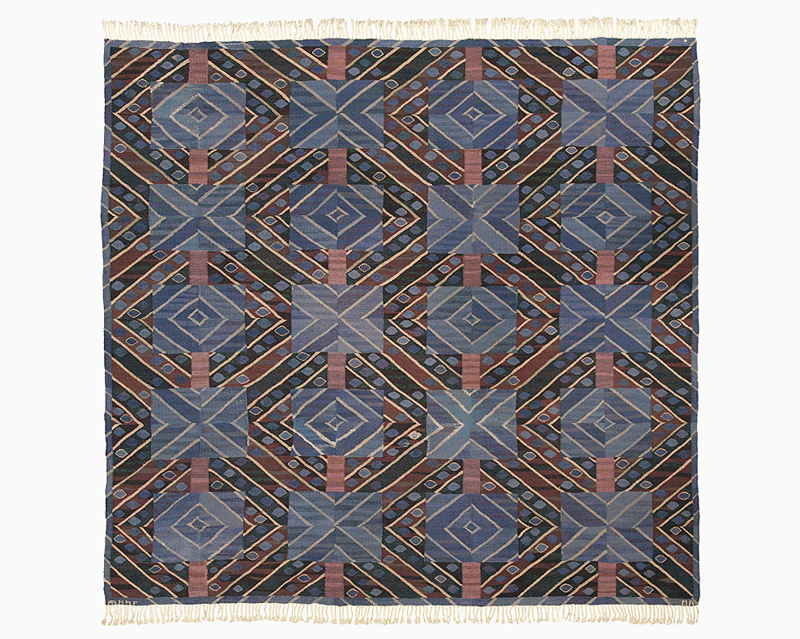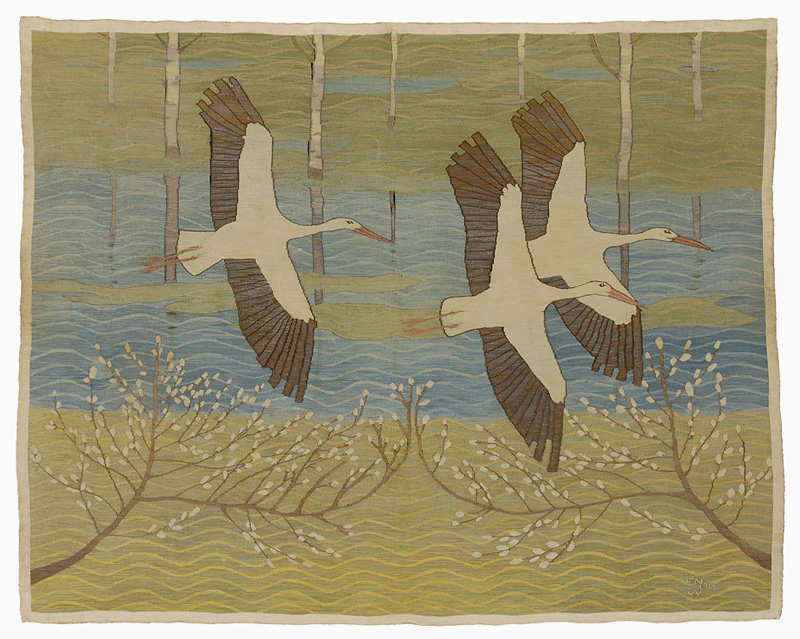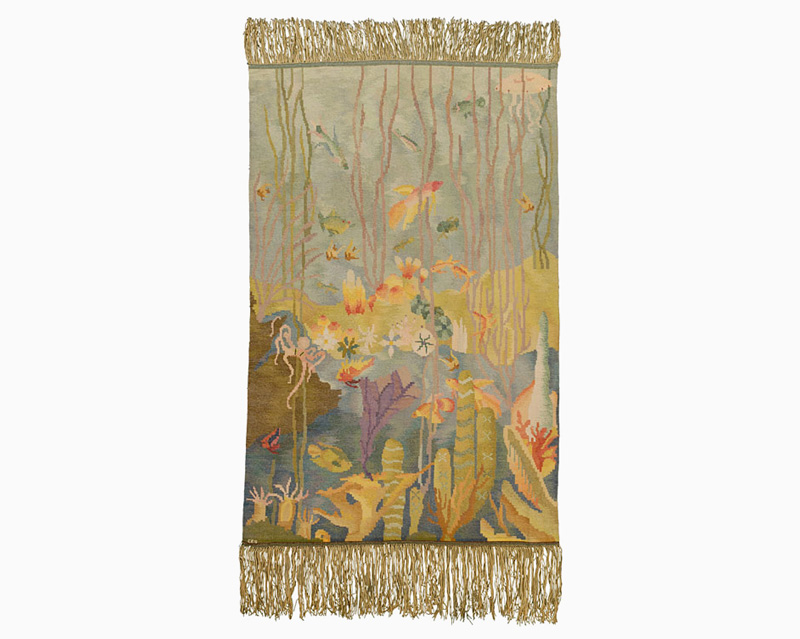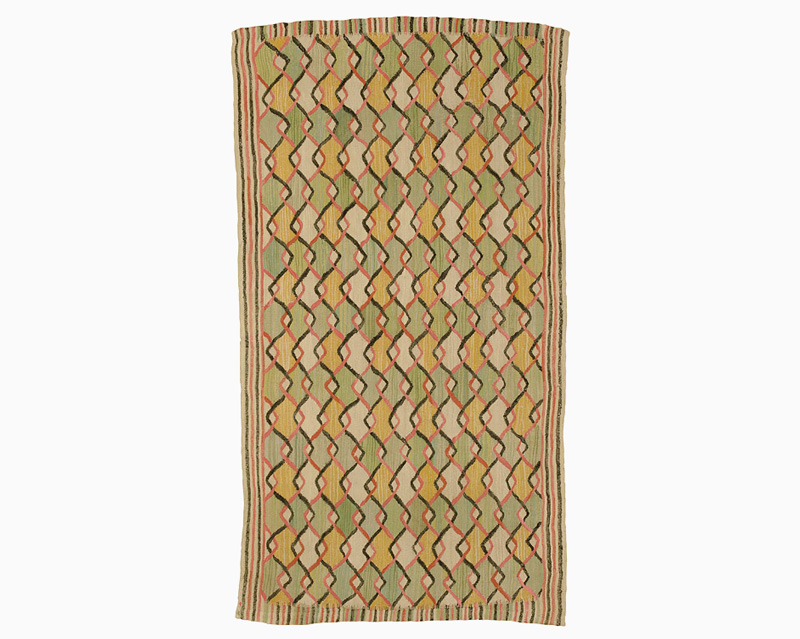Carpet connoisseur Joseph Hakimian on why Swedish textiles are so hot right now
Swedish Delights
Joseph Hakimian has been buying and selling rarefied carpets through his New York gallery for forty years. The ultra-exquisite specimens of 18th- and 19th-century England and France—usually commissioned by royals and aristocrats—became his first area of expertise, followed by a specialization in the urbane splendor of French Art Deco pieces. But 25 years ago, a new obsession took root while he was on an architectural tour of Stockhom. Hakimian now has one of the largest collection of Swedish carpets, tapestries, and textile arts in the world.
His first encounter with Swedish carpets was this dreamy piece by textile artist Marianne Richter of the Märta Måås-Fjetterström workshop.
“I was always attracted to the texture and craftsmanship of fine carpets, but Swedish pieces are particularly special. The Swedish masters always find inspiration in their natural landscape, especially the forests. And they are generally textile artists rather than decorators (like the French carpet designers) so the pieces are holistic, integrated. And while they are made to the highest standards, they are not intimidating. You can wear blue jeans with them and feel right at home.”
This quarter-century-old passion project is bearing fruit. Today Swedish exemplars are the hottest ticket on the vintage carpet market. “In the last three to five years, auctions and interior design demand has pushed the value way up.”
Here are some examples of the sheer beauty of midcentury Swedish textiles:
When asked why he thinks this trend has taken off, Hakimian has a good theory: “My clients used to approach me wanting suggestions for carpets to complement their antique collections, but now they show me their art and (modern) design collections. The organic geometry of these pieces just fit better with these contemporary settings.” He adds, “Of course, they are well documented, almost always signed by the makers. So you know these pieces will hold their value over time.”
*All images © FJ Hakimian, Inc.


 Wall Hanging by Ernst Norlind; initialed
Wall Hanging by Ernst Norlind; initialed
 Wall Hanging by unknown artist, ca. 1950
Wall Hanging by unknown artist, ca. 1950
 Wall Hanging dubbed
Wall Hanging dubbed
 Wall Hanging by unknown artist, ca. 1920-30; initialed
Wall Hanging by unknown artist, ca. 1920-30; initialed
 Wall Hanging by unknown artist, ca. 1940-50
Wall Hanging by unknown artist, ca. 1940-50
 Joseph Hakimian
Joseph Hakimian
